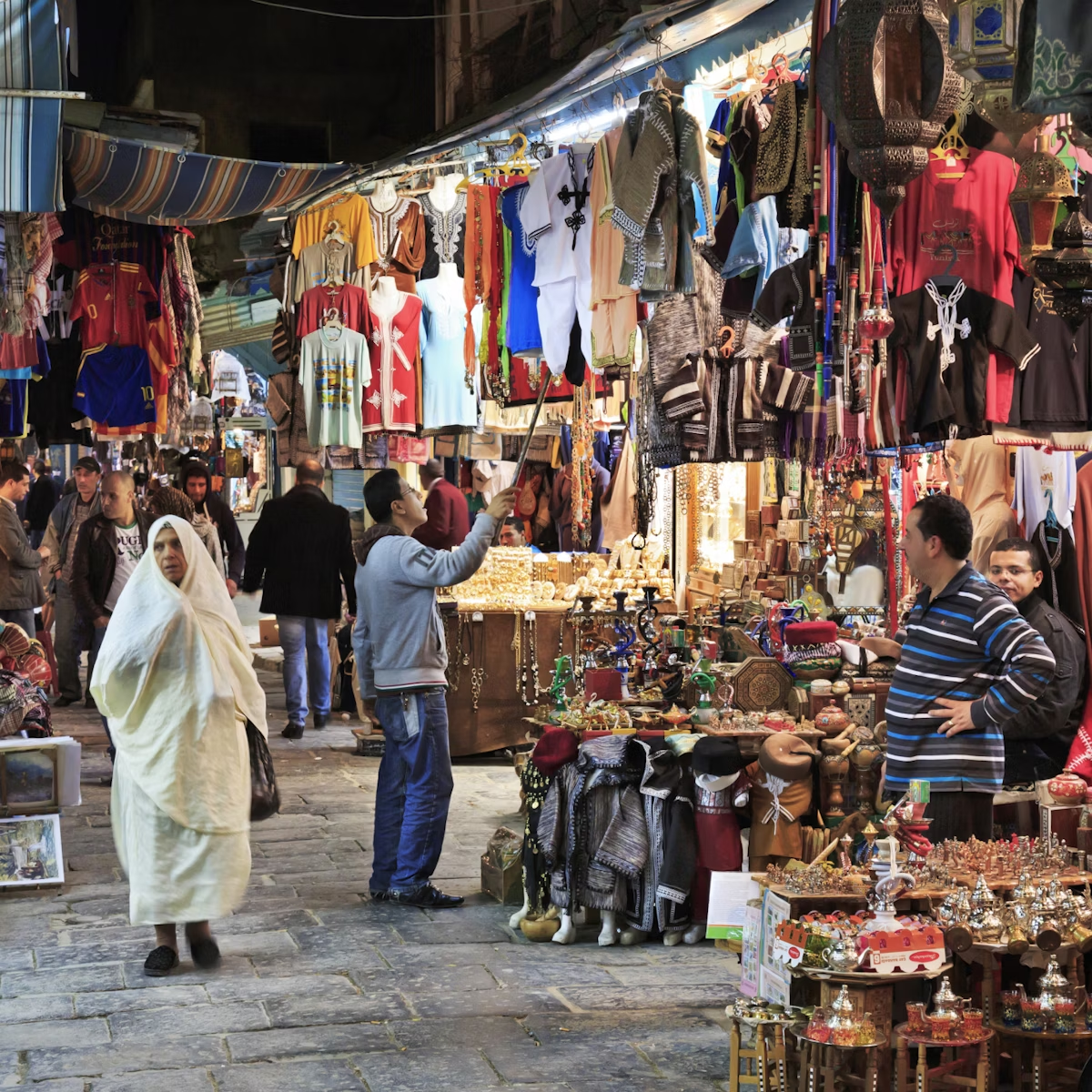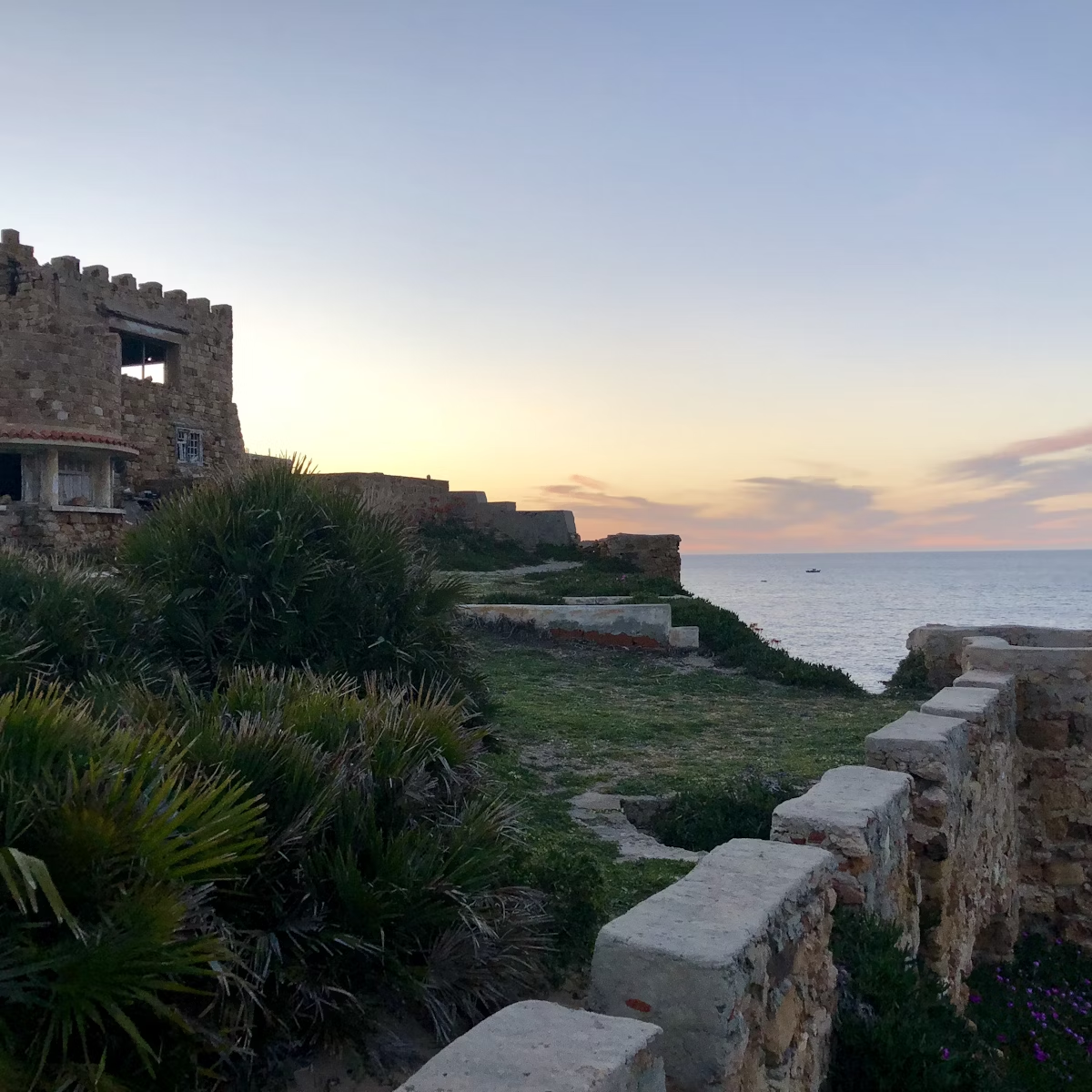Originally dedicated to the deities Baal Hammon and Tanit, this Carthaginian sacrificial site and burial ground is dotted with stubby stelae engraved with simple geometric shapes and symbols. When the site was excavated by a French team of archaeologists in 1921, more than 20,000 urns, each containing the ashes of a child (mostly newborn, but also children up to age four), were found under the stelae. Wandering through the site is a haunting experience.
The name Tophet is Hebrew for ‘place of burning’ and comes from Bible references to child sacrifice, such as in Jeremiah: '[the people of Judah] have built the altar called Tophet…and there they burn to death their little sons and daughters'.
While ancient sources are unequivocal about the Carthaginians’ practice of child sacrifice, there are various other interpretations as to what may have actually taken place. The Romans, despite their righteous horror, can’t have been too spooked, as they built workshops, warehouses and a temple over the site.







